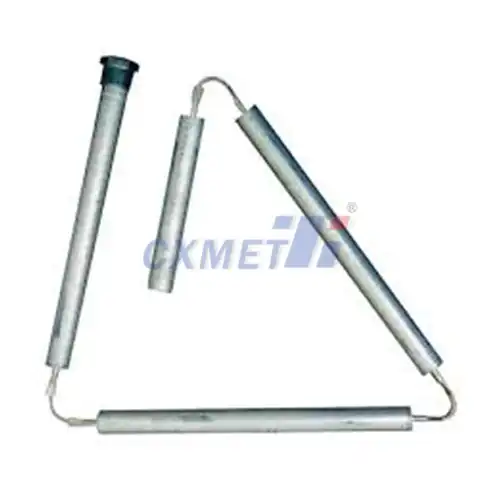- English
- French
- German
- Portuguese
- Spanish
- Russian
- Japanese
- Korean
- Arabic
- Greek
- German
- Turkish
- Italian
- Danish
- Romanian
- Indonesian
- Czech
- Afrikaans
- Swedish
- Polish
- Basque
- Catalan
- Esperanto
- Hindi
- Lao
- Albanian
- Amharic
- Armenian
- Azerbaijani
- Belarusian
- Bengali
- Bosnian
- Bulgarian
- Cebuano
- Chichewa
- Corsican
- Croatian
- Dutch
- Estonian
- Filipino
- Finnish
- Frisian
- Galician
- Georgian
- Gujarati
- Haitian
- Hausa
- Hawaiian
- Hebrew
- Hmong
- Hungarian
- Icelandic
- Igbo
- Javanese
- Kannada
- Kazakh
- Khmer
- Kurdish
- Kyrgyz
- Latin
- Latvian
- Lithuanian
- Luxembou..
- Macedonian
- Malagasy
- Malay
- Malayalam
- Maltese
- Maori
- Marathi
- Mongolian
- Burmese
- Nepali
- Norwegian
- Pashto
- Persian
- Punjabi
- Serbian
- Sesotho
- Sinhala
- Slovak
- Slovenian
- Somali
- Samoan
- Scots Gaelic
- Shona
- Sindhi
- Sundanese
- Swahili
- Tajik
- Tamil
- Telugu
- Thai
- Ukrainian
- Urdu
- Uzbek
- Vietnamese
- Welsh
- Xhosa
- Yiddish
- Yoruba
- Zulu
What Manufacturing Processes Are Used for GR23 ERTi-23 Medical Titanium Wire?
2024-08-08 17:17:15
GR23 ERTi-23 medical titanium wire is a specialized material widely used in the medical industry due to its exceptional properties and biocompatibility. The manufacturing processes for this high-quality titanium alloy wire are crucial in ensuring its performance and reliability in various medical applications. This article will explore the key manufacturing processes employed to produce GR23 ERTi-23 medical titanium wire, focusing on the techniques that contribute to its unique characteristics and suitability for medical use.
What are the key properties of GR23 ERTi-23 Medical Titanium Wire?
GR23 ERTi-23 medical titanium wire possesses a range of properties that make it ideal for use in medical applications. This titanium alloy is known for its excellent strength-to-weight ratio, superior corrosion resistance, and exceptional biocompatibility. The wire's composition typically includes small amounts of palladium, which enhances its corrosion resistance, particularly in saline environments like the human body.
One of the most notable properties of GR23 ERTi-23 titanium wire is its high tensile strength. This characteristic allows it to withstand significant stress without breaking, making it suitable for applications where durability is crucial. The wire also exhibits low thermal expansion and high fatigue strength, contributing to its longevity and reliability in medical devices and implants.
Another key property is its excellent biocompatibility. GR23 ERTi-23 titanium wire does not react negatively with human tissue or bodily fluids, reducing the risk of allergic reactions or rejection when used in medical implants. This biocompatibility is partly due to the formation of a stable oxide layer on the surface of the titanium, which acts as a protective barrier.
The wire's resistance to corrosion is particularly important in medical applications. It can withstand exposure to bodily fluids and various medical environments without degrading, ensuring the longevity and safety of medical devices and implants. This corrosion resistance also contributes to the material's overall durability and reliability.
GR23 ERTi-23 titanium wire also offers good formability and machinability. These properties allow for the creation of complex shapes and designs, enabling manufacturers to produce a wide range of medical devices and components. The wire can be easily formed into various configurations without compromising its strength or other beneficial properties.
Lastly, the wire's low modulus of elasticity compared to other metals used in medical applications contributes to its compatibility with bone. This property helps reduce stress shielding in orthopedic implants, promoting better bone growth and integration.
How is GR23 ERTi-23 Medical Titanium Wire produced?
The production of GR23 ERTi-23 medical titanium wire involves a series of carefully controlled processes to ensure the final product meets the stringent requirements for medical use. The manufacturing process typically begins with the creation of the titanium alloy itself, followed by several stages of forming and refining to produce the wire.
The first step in producing GR23 ERTi-23 titanium wire is the creation of the alloy. This process involves combining pure titanium with small amounts of other elements, primarily palladium, in precise ratios. The alloying process is typically carried out in a vacuum or inert gas environment to prevent contamination and ensure the purity of the resulting material.
Once the alloy is created, it undergoes a series of melting and casting processes. These steps are crucial in achieving the desired microstructure and properties of the material. The melting is often done using vacuum arc remelting (VAR) or electron beam melting (EBM) techniques, which help remove impurities and ensure a homogeneous composition throughout the material.
After the casting process, the titanium alloy is formed into a rod or bar shape. This is typically done through a combination of hot working processes such as forging or extrusion. These processes help refine the grain structure of the material and improve its mechanical properties.
The next stage in the production process is wire drawing. This involves pulling the titanium rod through a series of progressively smaller dies to reduce its diameter and create a wire. The wire drawing process is typically carried out at room temperature or slightly elevated temperatures to maintain the desired microstructure and properties of the material.
Throughout the wire drawing process, the material undergoes work hardening, which increases its strength. To maintain the desired balance of strength and ductility, intermittent annealing steps may be performed. Annealing involves heating the wire to specific temperatures and then cooling it under controlled conditions to relieve internal stresses and optimize the material's properties.
The final stages of production involve surface treatment and quality control. The wire may undergo processes such as pickling or electropolishing to remove any surface impurities and create a smooth finish. Rigorous quality control measures, including dimensional checks, mechanical testing, and surface inspections, are implemented to ensure the wire meets the required specifications for medical use.
What are the applications of GR23 ERTi-23 Medical Titanium Wire in the medical field?
GR23 ERTi-23 medical titanium wire finds extensive use in various medical applications due to its unique combination of properties. Its biocompatibility, strength, and corrosion resistance make it an ideal material for a wide range of medical devices and implants.
One of the primary applications of GR23 ERTi-23 titanium wire is in orthopedic implants. The wire is used to create components for joint replacements, such as hip and knee implants. Its high strength-to-weight ratio allows for the creation of durable implants that can withstand the stresses of daily movement while minimizing the overall weight of the device. The wire's biocompatibility ensures that these implants integrate well with the surrounding bone tissue, promoting healing and reducing the risk of complications.
In the field of cardiovascular medicine, GR23 ERTi-23 titanium wire is used in the manufacture of heart valve components and stents. The wire's corrosion resistance and durability make it suitable for long-term implantation in the cardiovascular system. Its ability to maintain its properties in the presence of bodily fluids ensures the longevity and reliability of these critical medical devices.
Dental implants represent another significant application for GR23 ERTi-23 titanium wire. The wire is used to create the root portion of dental implants, which are surgically placed in the jawbone to support artificial teeth. The material's biocompatibility promotes osseointegration, where the bone grows around and fuses with the implant, providing a stable foundation for the replacement tooth.
In neurosurgery, GR23 ERTi-23 titanium wire is used in the production of cranial plates and mesh for skull reconstruction. The wire's formability allows surgeons to shape it to match the contours of a patient's skull, while its strength provides the necessary support for protecting the brain.
The wire also finds applications in the production of surgical instruments and tools. Its corrosion resistance and ability to withstand repeated sterilization make it an excellent choice for creating durable and reliable surgical equipment.
In the field of prosthetics, GR23 ERTi-23 titanium wire is used to create components for artificial limbs. Its lightweight nature and strength contribute to the creation of prosthetics that are both durable and comfortable for the user.
Lastly, the wire is utilized in various types of medical fixation devices, such as bone screws, plates, and pins. These devices are used to stabilize fractured bones and promote proper healing. The wire's strength and biocompatibility ensure that these fixation devices perform effectively while minimizing the risk of adverse reactions in the patient's body.
In conclusion, the manufacturing processes used for GR23 ERTi-23 medical titanium wire are critical in producing a material that meets the exacting standards required for medical applications. From the initial alloying and melting stages to the final wire drawing and surface treatment processes, each step is carefully controlled to ensure the final product possesses the desired properties. The resulting wire, with its unique combination of strength, biocompatibility, and corrosion resistance, plays a crucial role in advancing medical technology and improving patient outcomes across a wide range of applications.
At SHAANXI CXMET TECHNOLOGY CO., LTD, we take pride in our extensive product range, which caters to diverse customer needs. Our company is equipped with outstanding production and processing capabilities, ensuring the high quality and precision of our products. We are committed to innovation and continuously strive to develop new products, keeping us at the forefront of our industry. With leading technological development capabilities, we are able to adapt and evolve in a rapidly changing market. Furthermore, we offer customized solutions to meet the specific requirements of our clients. If you are interested in our products or wish to learn more about the intricate details of our offerings, please do not hesitate to contact us at sales@cxmet.com. Our team is always ready to assist you.
References:
1. ASTM International. (2021). Standard Specification for Wrought Titanium-13Niobium-13Zirconium Alloy for Surgical Implant Applications (UNS R58130).
2. Elias, C. N., Lima, J. H. C., Valiev, R., & Meyers, M. A. (2008). Biomedical applications of titanium and its alloys. JOM, 60(3), 46-49.
3. Geetha, M., Singh, A. K., Asokamani, R., & Gogia, A. K. (2009). Ti based biomaterials, the ultimate choice for orthopaedic implants – A review. Progress in Materials Science, 54(3), 397-425.
4. Leyens, C., & Peters, M. (Eds.). (2003). Titanium and titanium alloys: fundamentals and applications. John Wiley & Sons.
5. Liu, X., Chu, P. K., & Ding, C. (2004). Surface modification of titanium, titanium alloys, and related materials for biomedical applications. Materials Science and Engineering: R: Reports, 47(3-4), 49-121.
6. Lutjering, G., & Williams, J. C. (2007). Titanium (engineering materials and processes). Springer.
7. Niinomi, M. (2008). Mechanical biocompatibilities of titanium alloys for biomedical applications. Journal of the mechanical behavior of biomedical materials, 1(1), 30-42.
8. Rack, H. J., & Qazi, J. I. (2006). Titanium alloys for biomedical applications. Materials Science and Engineering: C, 26(8), 1269-1277.
9. Ratner, B. D., Hoffman, A. S., Schoen, F. J., & Lemons, J. E. (Eds.). (2004). Biomaterials science: an introduction to materials in medicine. Elsevier.
10. Wang, K. (1996). The use of titanium for medical applications in the USA. Materials Science and Engineering: A, 213(1-2), 134-137.
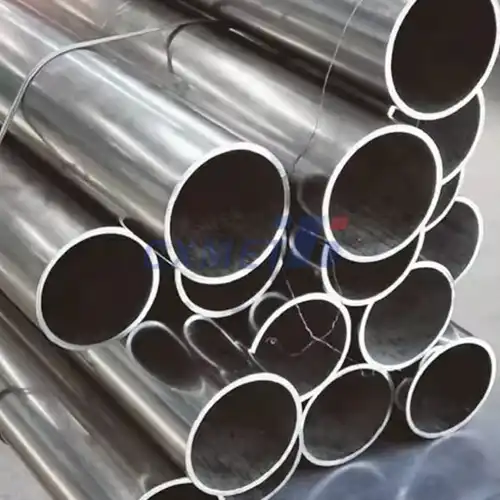
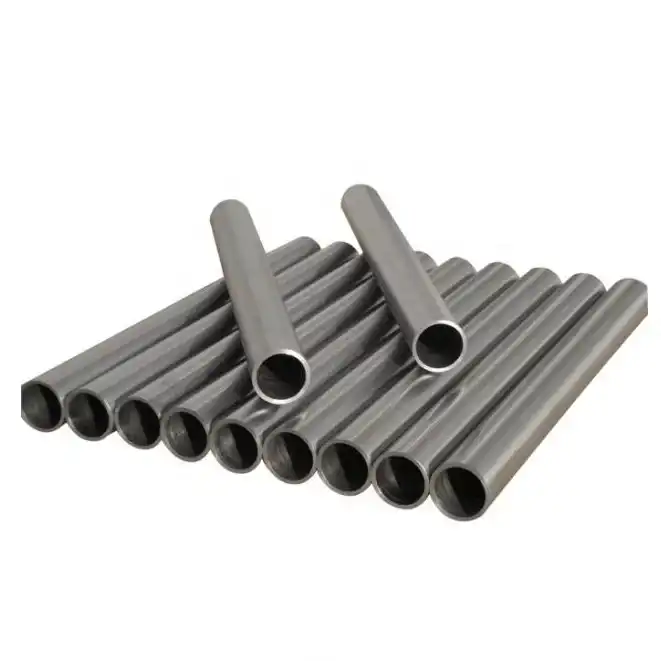
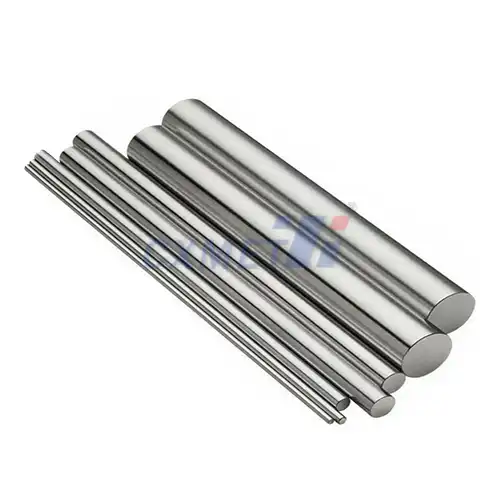
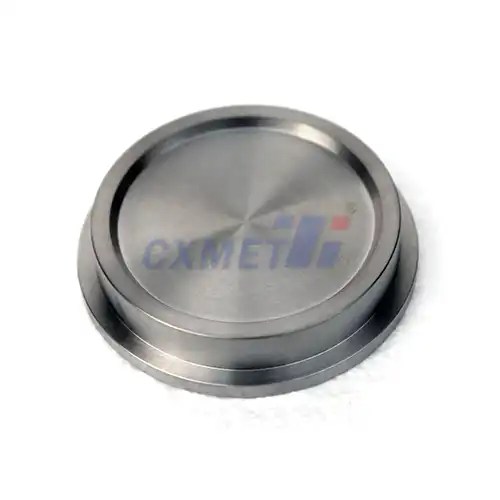
1.webp)
